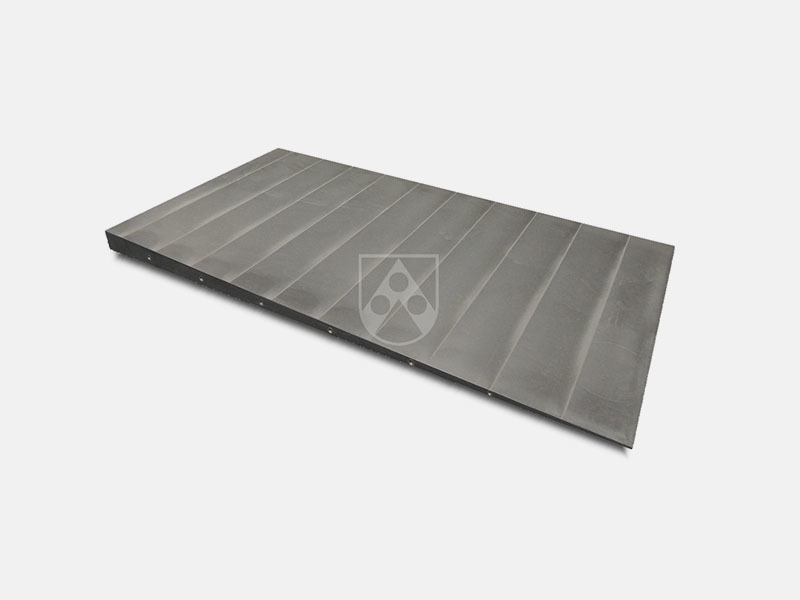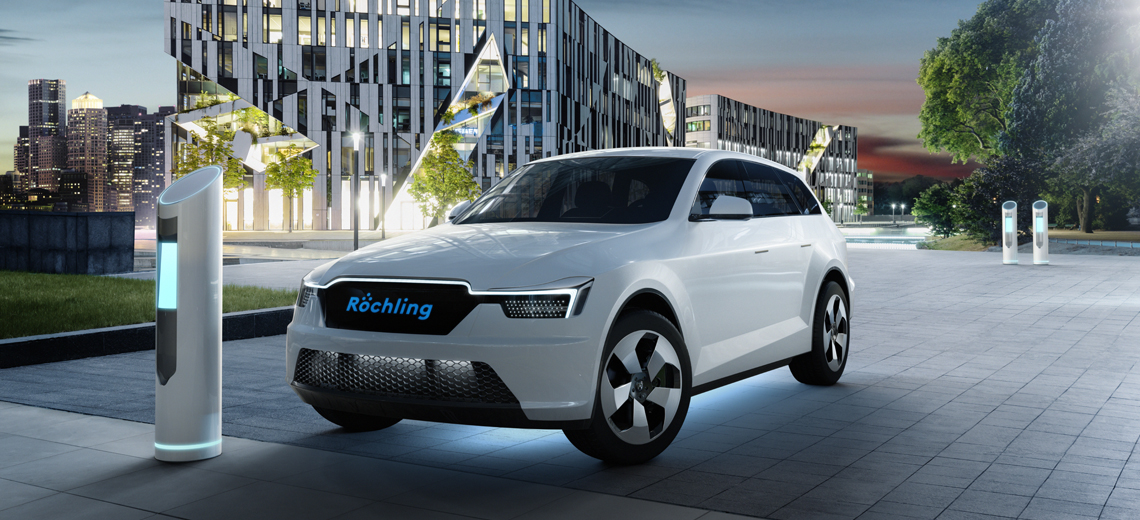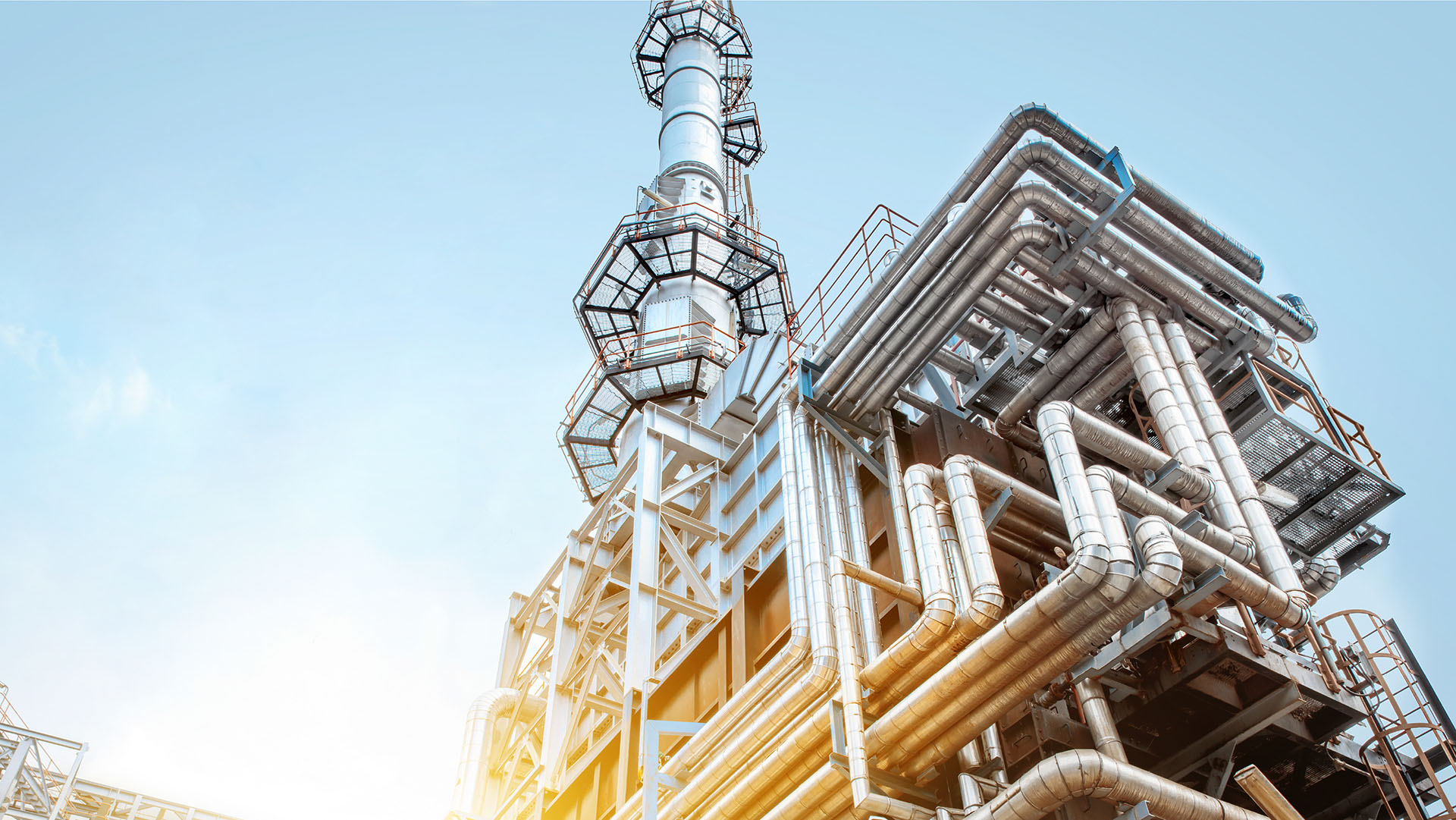Neutron shielding materials
Röchling offers high-performance materials specifically developed for neutron shielding made of thermoplastics, laminated densified wood and glass fibre reinforced material. These materials have different hydrogen contents for decelerating fast neutrons, are available with boron or lithium additivation depending on the shielding material used and are suitable for a wide range of continuous operating temperatures.
Neutron radiation protection products:
Thermoplastics
Polystone® M nuclear (Polyethylene: PE-UHMW / PE 1000)
Polystone® D nuclear (Polyethylene: PE-HMW / PE 500)
Laminated densified wood
- Lignostone® H II/2/30-HB
Glass fibre reinforced material
- Duratom
Properties: Neutron radiation shielding materials
The high-performance materials Polystone® D nuclear, Polystone® M nuclear, Lignostone® H II/2/30-HB and Duratom have properties unique in the market. They make deceleration of fast neutrons and absorption of thermal neutrons possible and offer numerous application advantages.
Various hydrogen contents
The materials are available with various hydrogen contents, making them ideal for decelerating fast neutrons in applications with different requirements.
Polystone® D nuclear and Polystone® M nuclear have a hydrogen content of 13 - 14 %, one of the highest hydrogen contents of any solid material for neutron shielding available in the market.

Boron or lithium additivation
Depending on the material, you will receive indivi-dual additivation of boron or lithium for absorption of thermal neutrons.

High resistance against high-energy radiation
All materials are highly resistant against high-energy radiation, giving them an extremely long service life.

Low weight
Polystone® D nuclear (0.96 g/cm³), Polystone® M nuclear (0.93 g/cm³), Lignostone® H II/2/30-HB (1.37 g/cm³) and Duratom (1.8 g/cm³) have a very low density. This facilitates easy handling during processing and construction.

Easy processing
Depending on the material, easy processing is possible by means of sawing, cutting, milling and gluing.

Where is neutron radiation shielding necessary?
In power plants and research reactors, in diagnostic medicine and safety engineering various types of rays, such as X-rays, gamma rays or neutron rays, are used or created in various processes and applications. If X-ray radiation or gamma radiation meet matter, they lose their energy, mainly through interaction with the electron shells of atoms. The higher the atomic number, the more electrons there are in each atom. For this reason, materials such as lead are used for shielding against X-rays or gamma rays.
Deceleration of fast neutrons
As neutrons do not interact with the electrons, they only lose very little energy while passing through materials such as lead. For this reason, hydrogenous materials are used to decelerate neutron rays, as the mass of neutrons and hydrogen nuclei is practically identical, maximising ener-gy transfer in a collision. This is why materials with a high hydrogen content are suitable for decelerating fast neutrons, turning them into low-energy, thermal neutrons.
Absorption of thermal neutrons
These thermal neutrons can then be eliminated through collision with elements with a high absorption cross section, such as boron or lithium.
Performance and service life of neutron shielding
The performance and service life of a neutron shield are influenced by various factors:
- Operating temperature
- Intensity of the neutron radiation
- Material thickness
- Combination with other materials
- Ambient conditions: Outdoor or indoor use, mechanical influencing factors, chemical influencing factors
These factors must be taken into account in order to select the right material for neutron shielding.
Neutron shielding materials - fields of application
Our neutron shielding materials are specifically adapted to the high requirements of various applications and used as neutron shields in numerous fields.
Examples:
- Research reactors
- Power stations
- Gloveboxes
- Dry cask storage containers
- Detection units
- Body scanners
- Truck scanners










